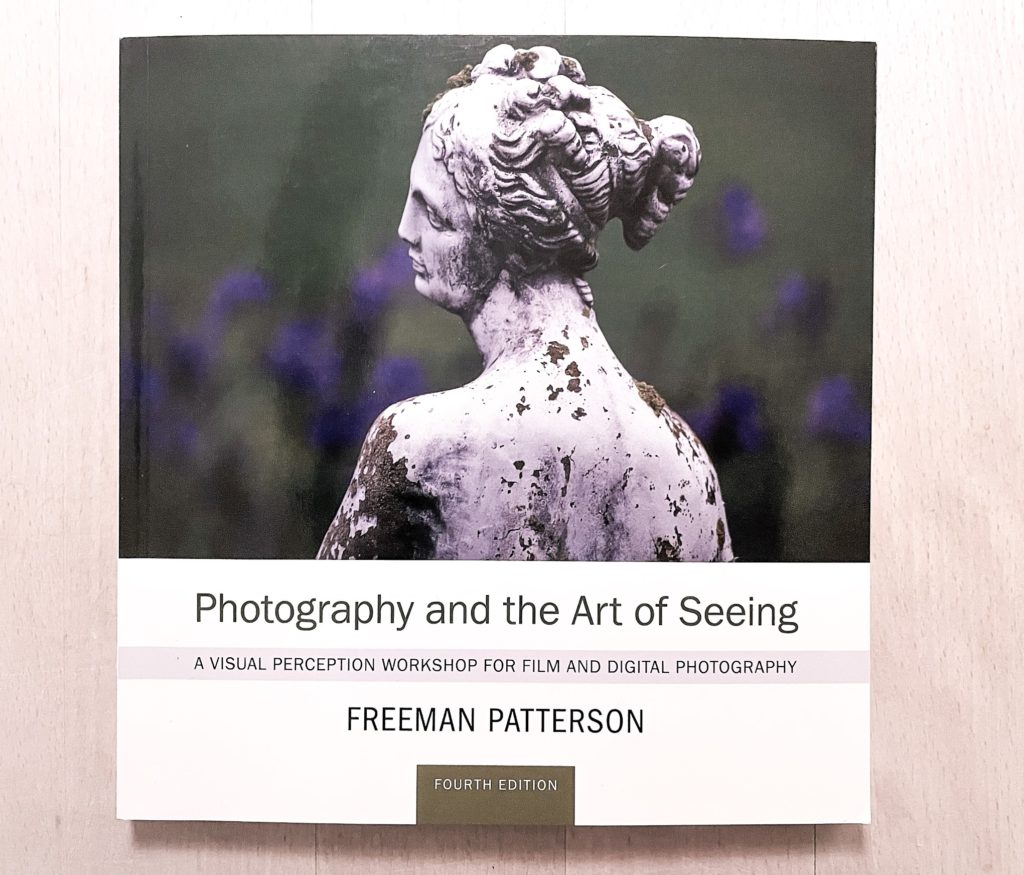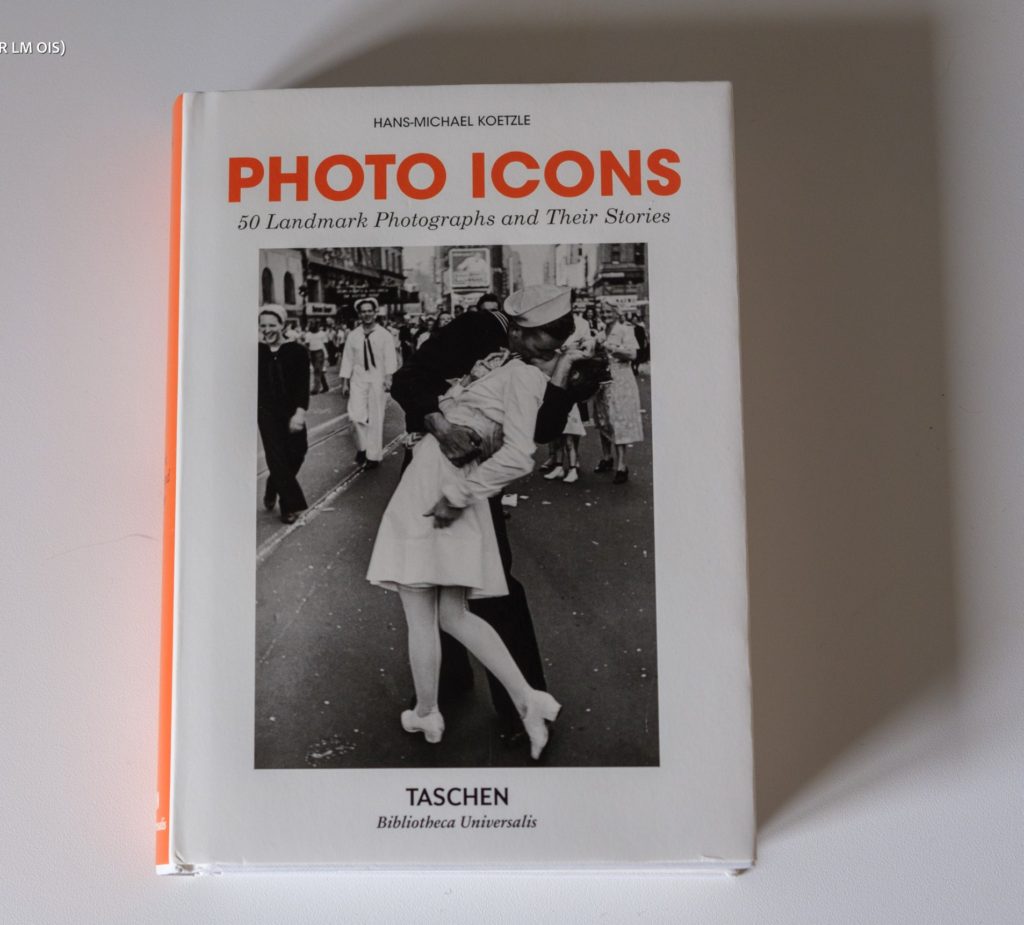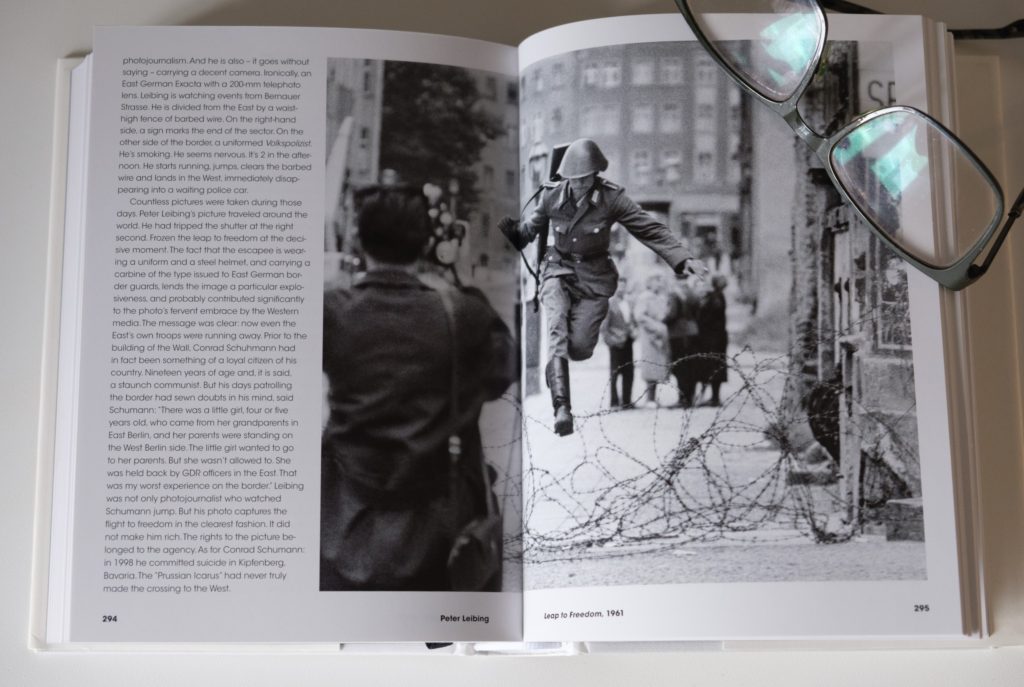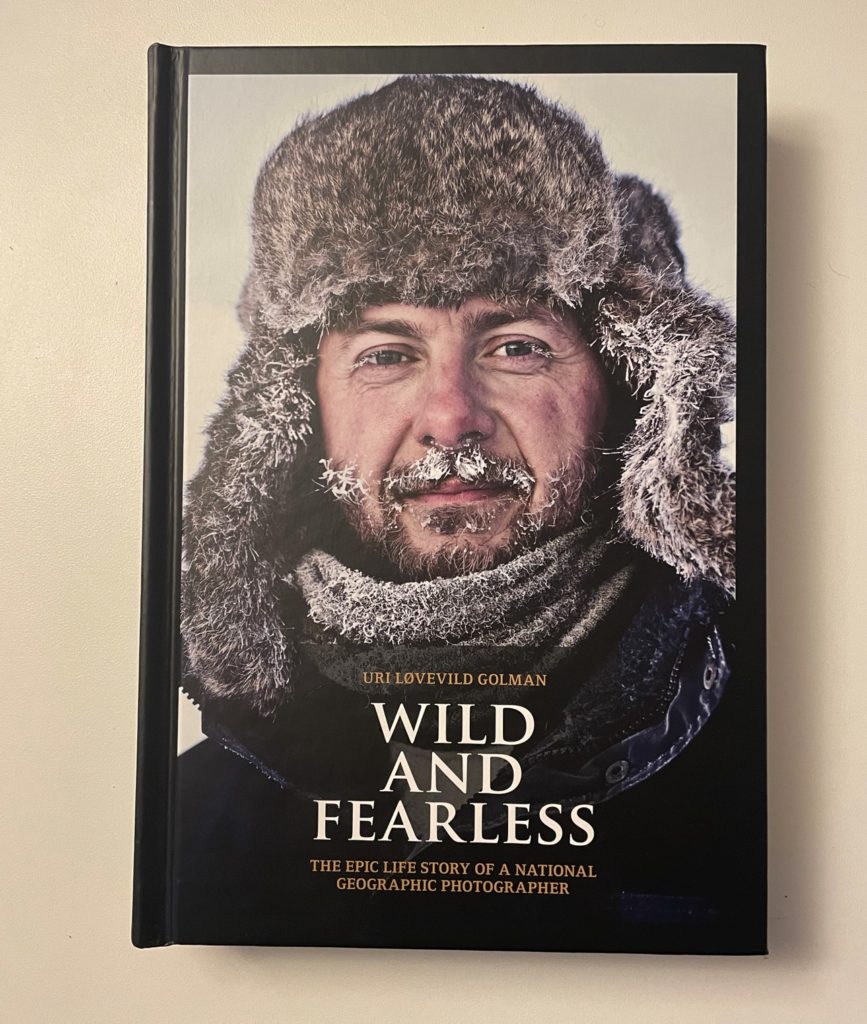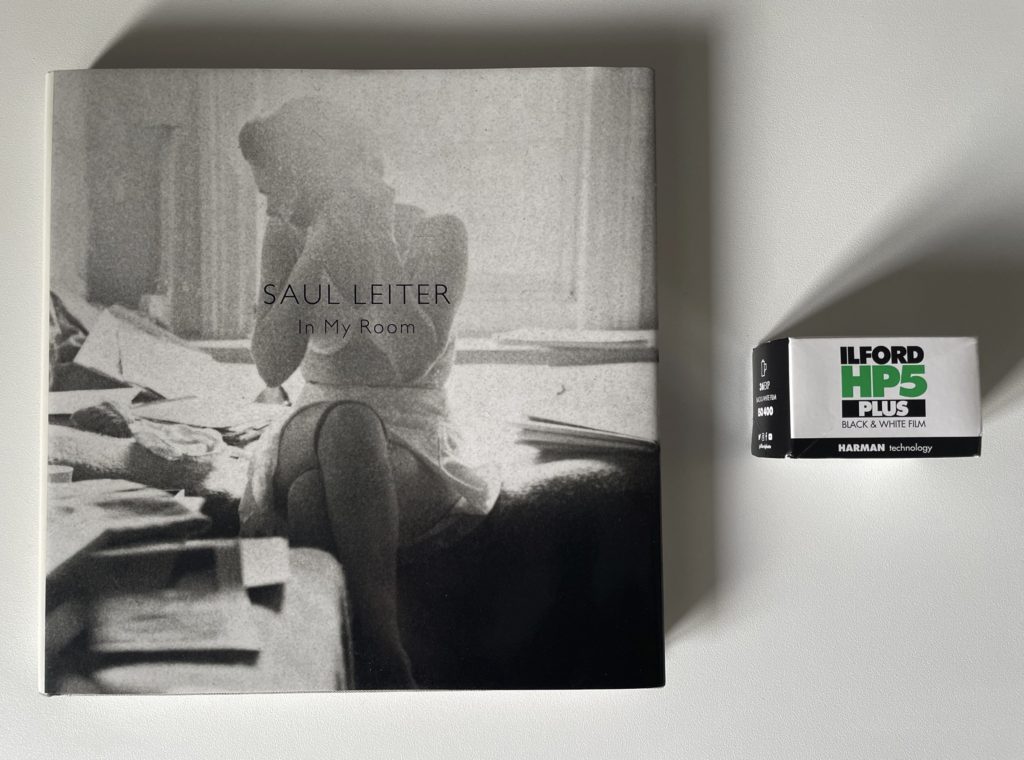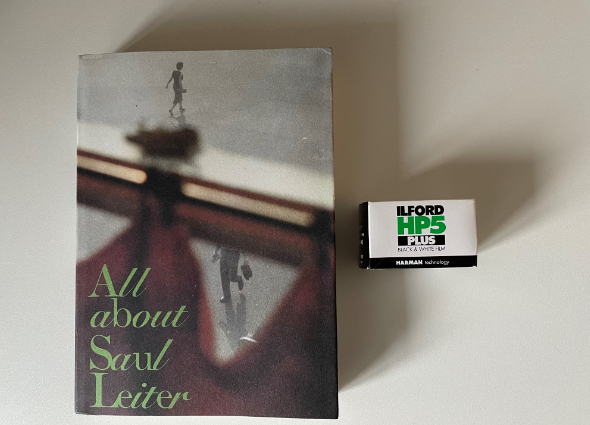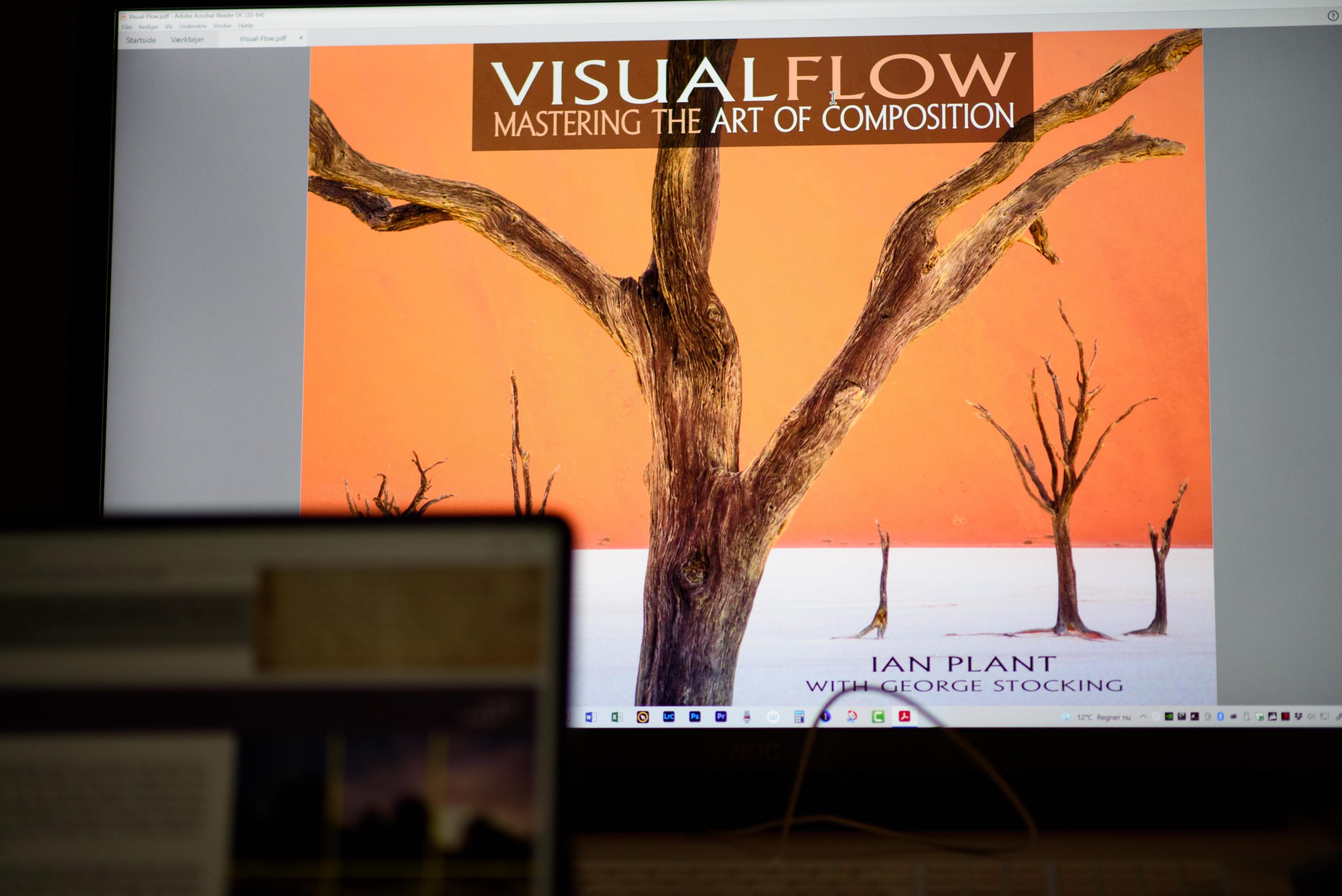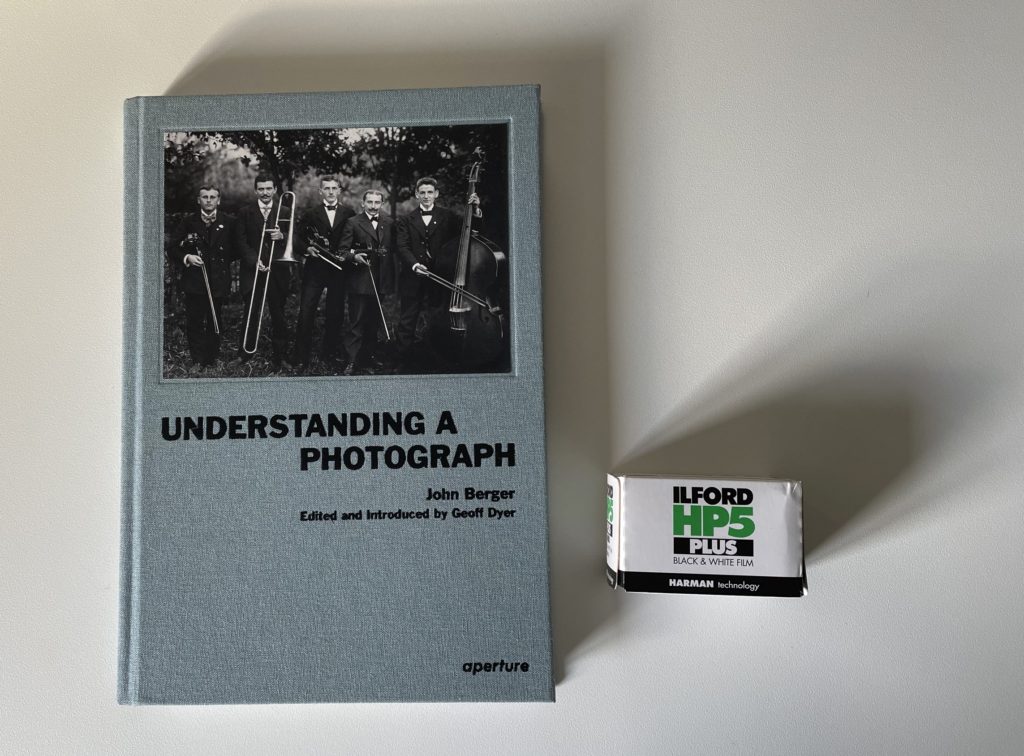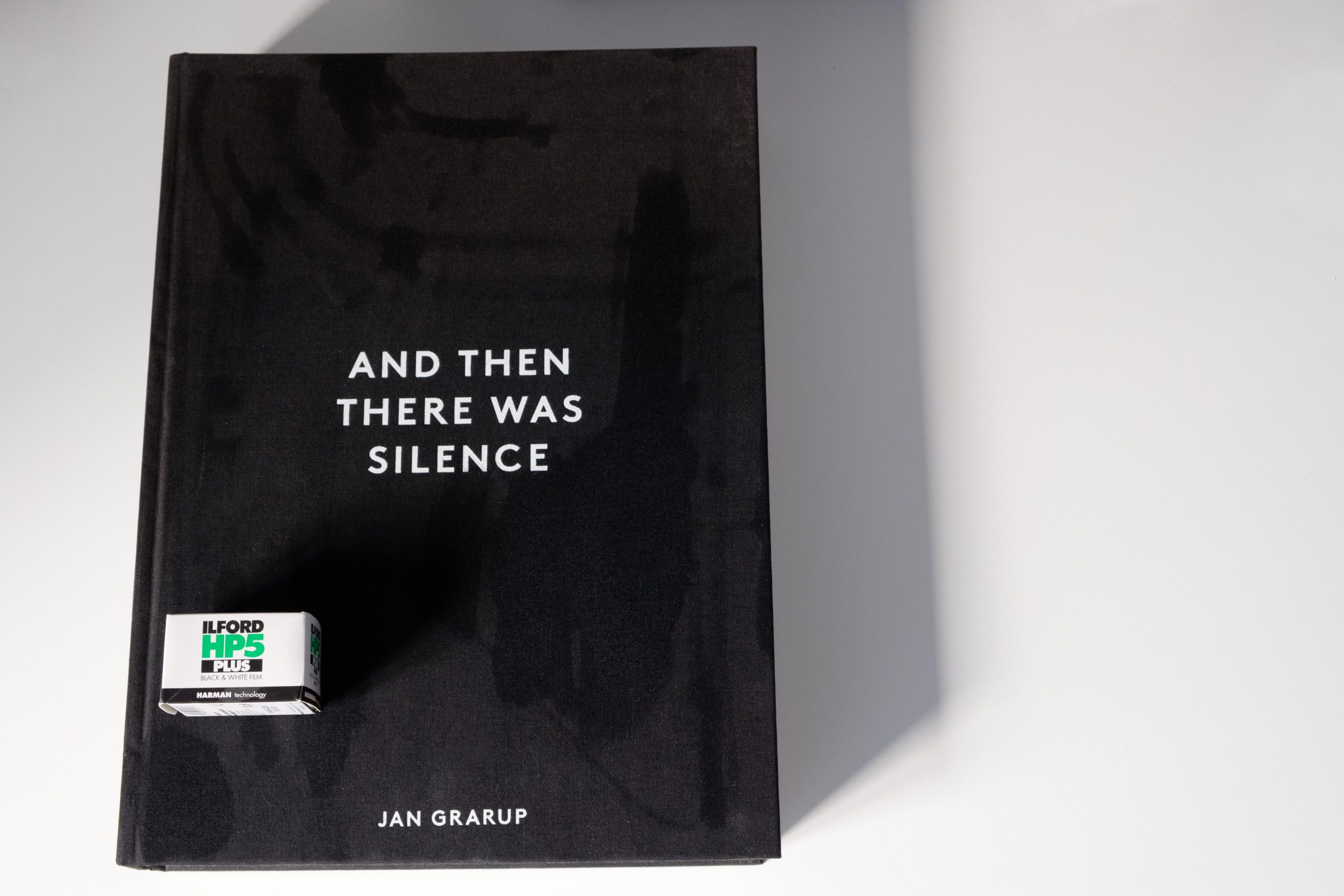Definitive
The title of this book promises a “definitive” guide to composition. Googling the meaning of definitive, the first definition is “done or reached decisively and with authority” and one of the synonyms listed is “ultimate”. So this is the ultimate guide to composition. This author apparently does nothing to dim his shine!

Comprehensive
This 175 page book is comprehensive, and covers all aspects of composition though 6 chapters. It is jam packed with illustrations – at least one per page and often 3-4 per page. As such the author walks the talk and shows how the theory presented can be applied in practice. The square format of the book works well to allow pictures and text to blend naturally.
The book covers so much more than the rule of thirds, e.g.: visual weight, framing, leading lines, dynamic tension, depth, color, tone, patterns and even a bit of gestalt theory! I find that it is one of the most comprehensive books I have found on the subject of composition. And then I really like that the author underlines that composition is a means to an end, and not an end in itself.
I did not find this book to be an easy read. At times, it felt like reading a dictionary, but I guess it is the flip side of being so comprehensive. So if you are searching for an entertaining book, you may need to look elsewhere – this one is serious about its subject and stays serious throughout.
Conclusion
If I was to recommend a book about composition for the notorious lonely island, it would be this one. It is not an easy read, and after the first read, I use it more and more to look up certain subjects, than reading it from start to finish all over. It works well also as a dictionary.
Some of the images have stuck with me in the back of my head and unconsciously influenced my photography and give inspiration for new aspirations. And as such, I have become a better photographer, processing and digesting the content of the book. And that is probably the highest praise I can give to any book about photography, and as such this book comes highly recommended.
Related reading
Visual flow, mastering the art of composition, by Ian Plant w/George Stocking

